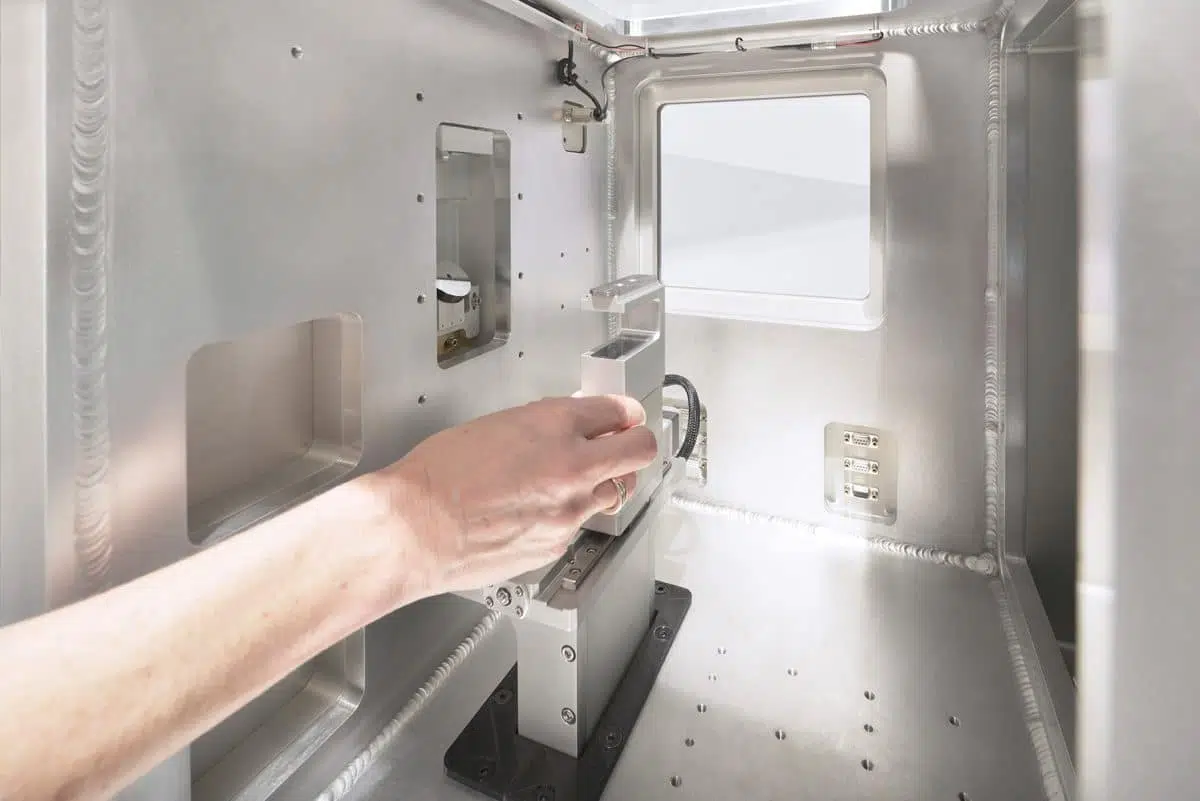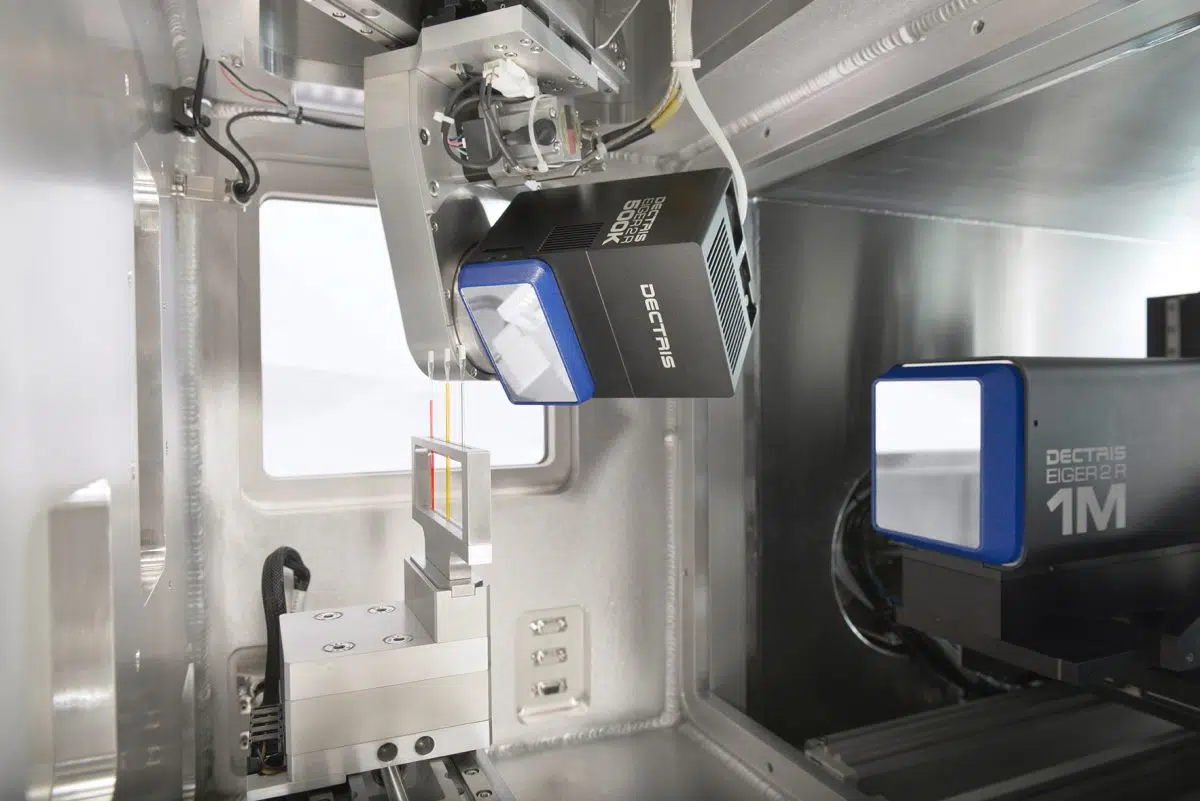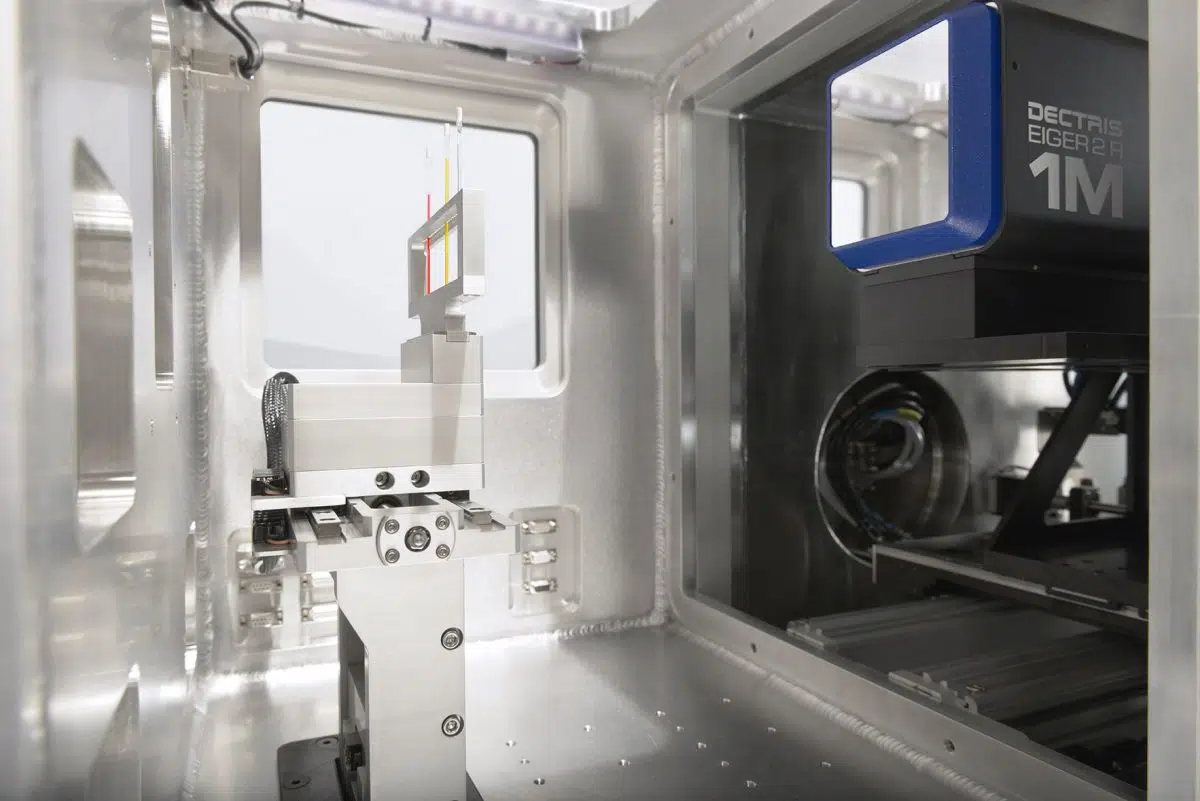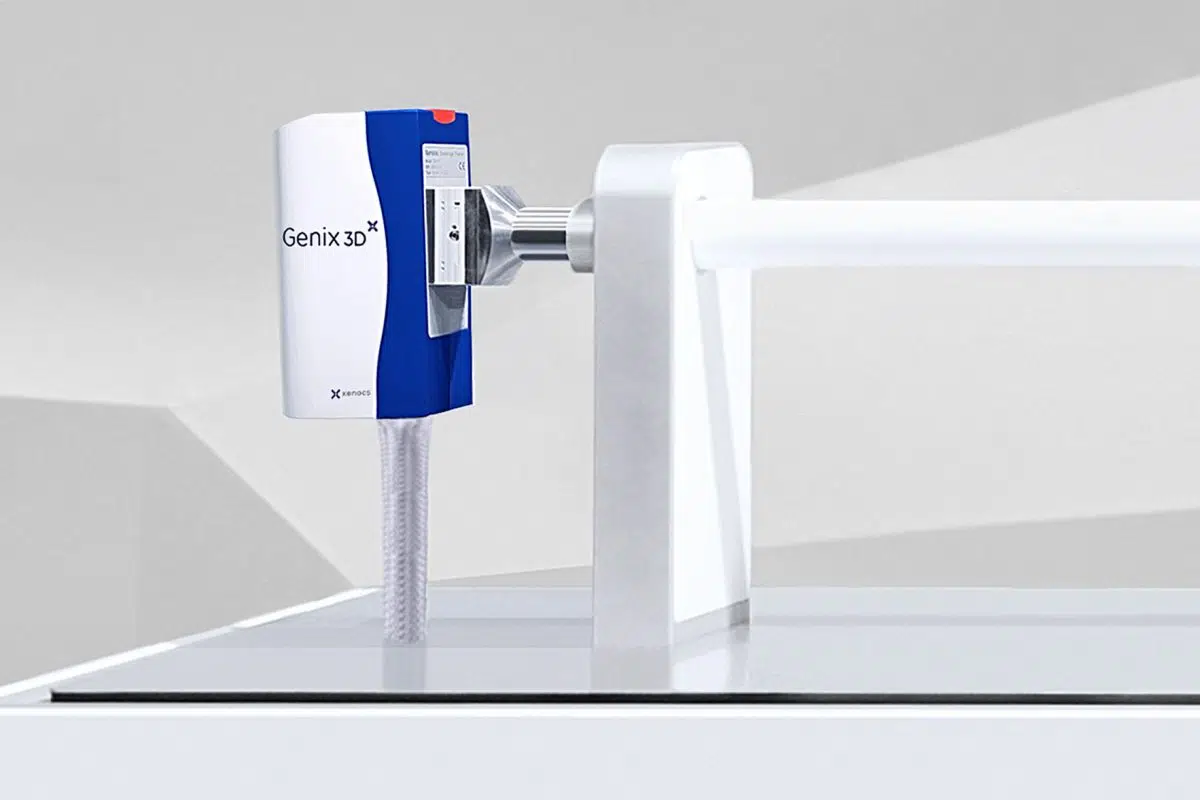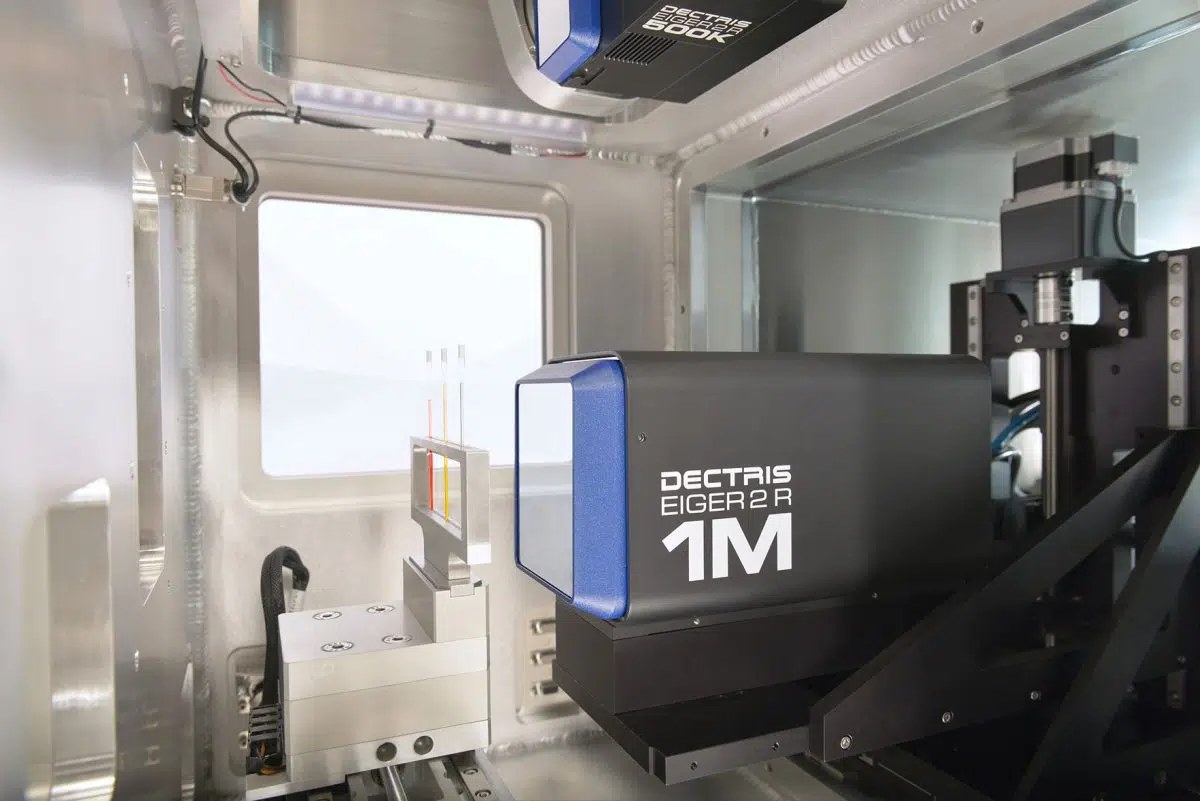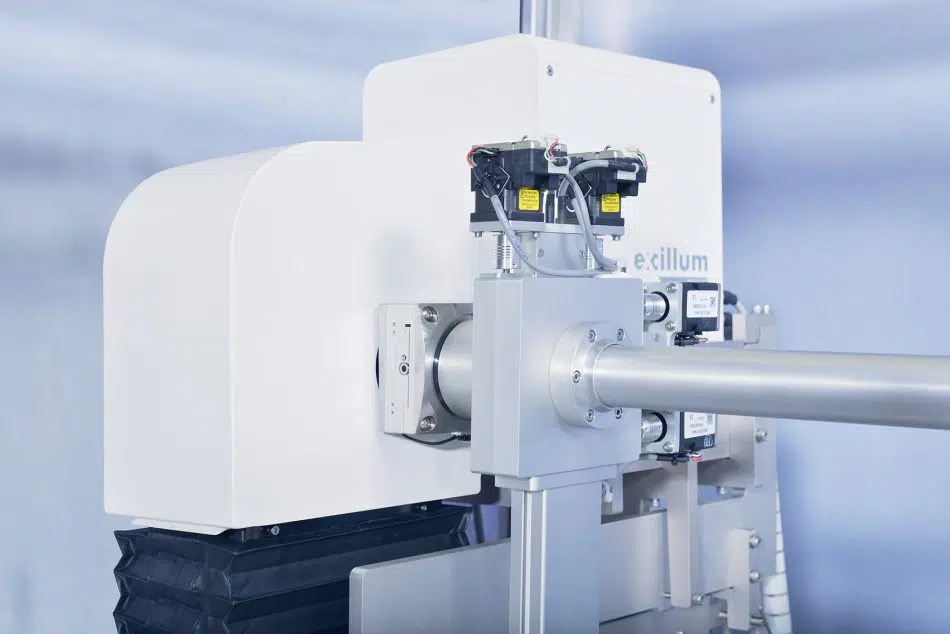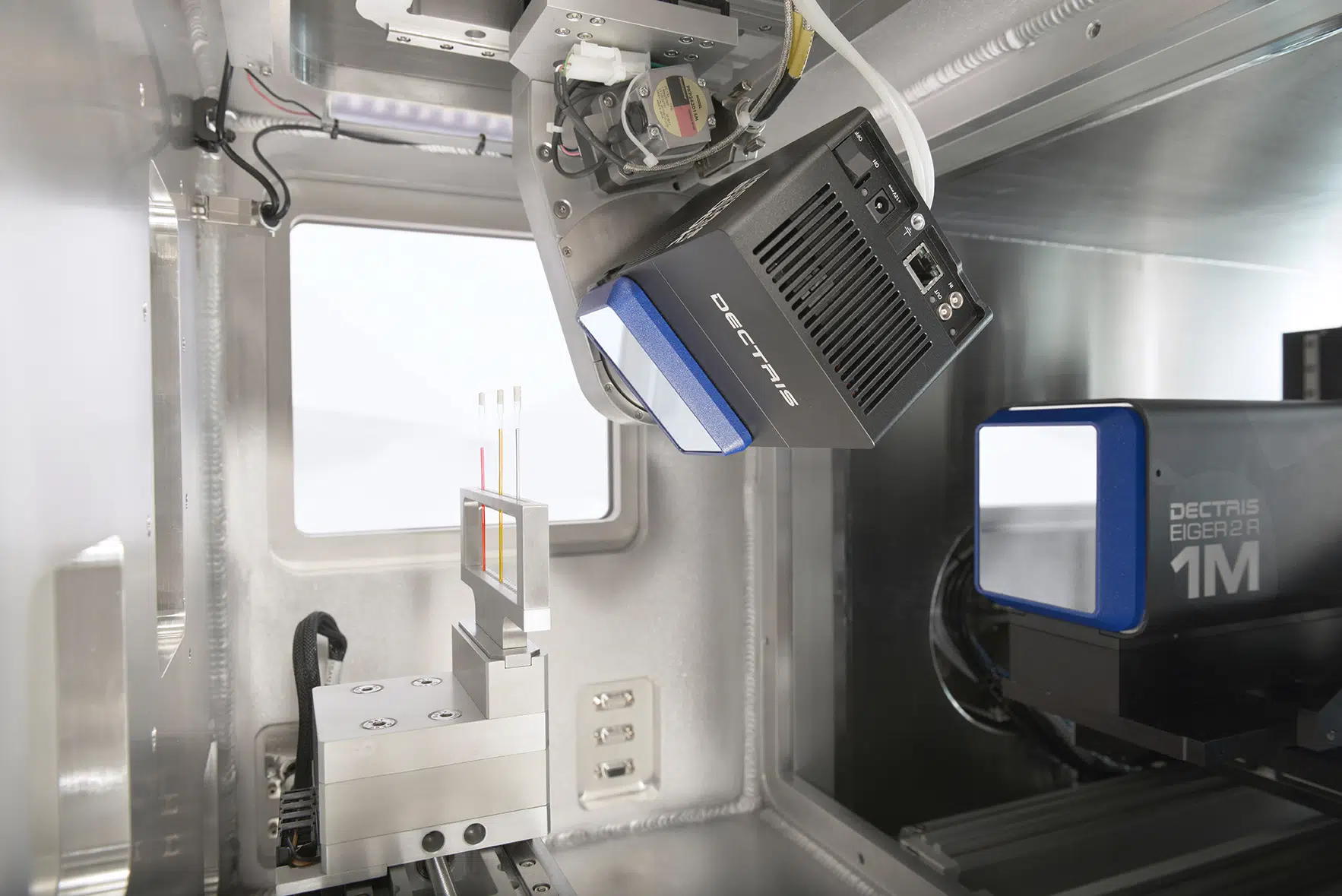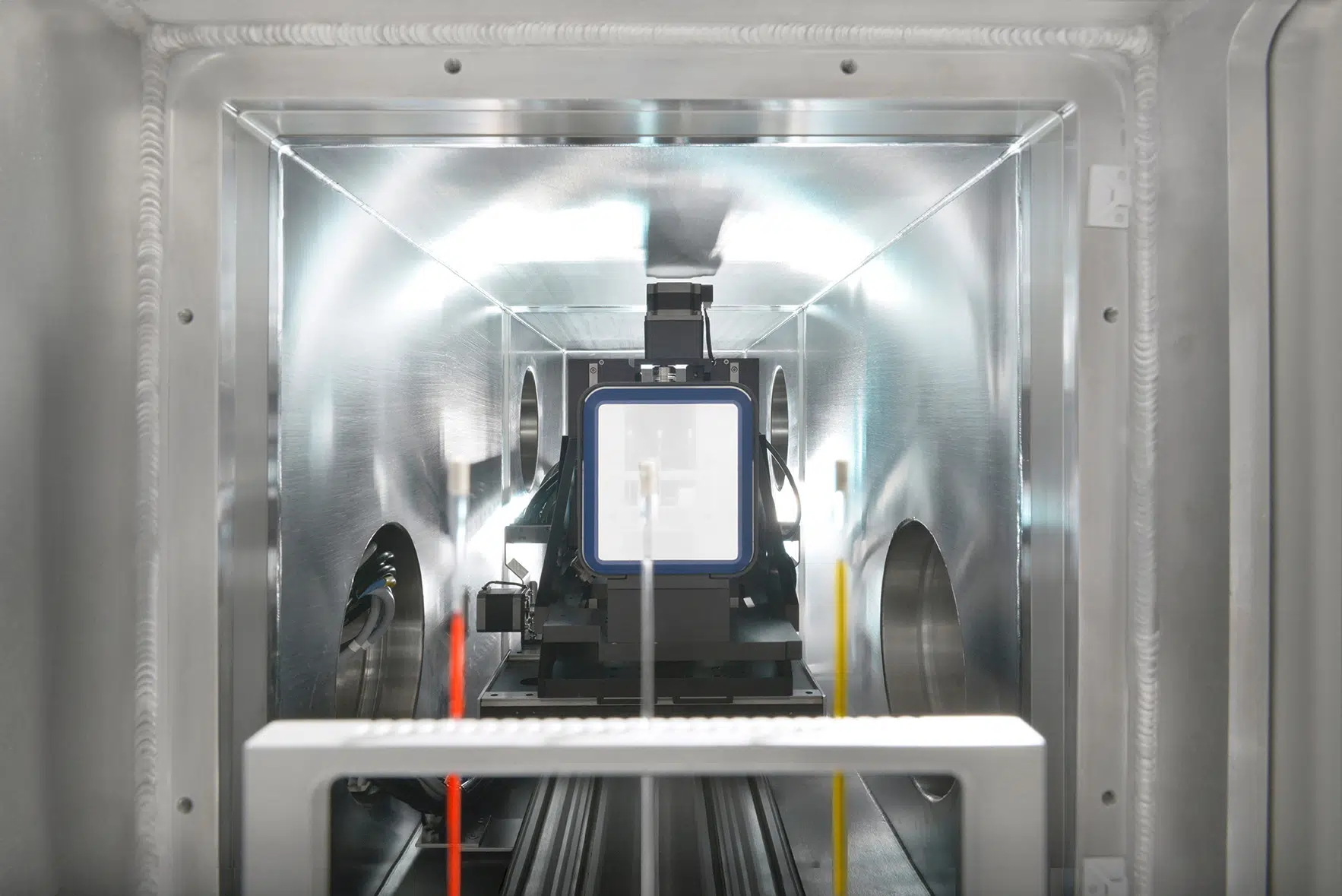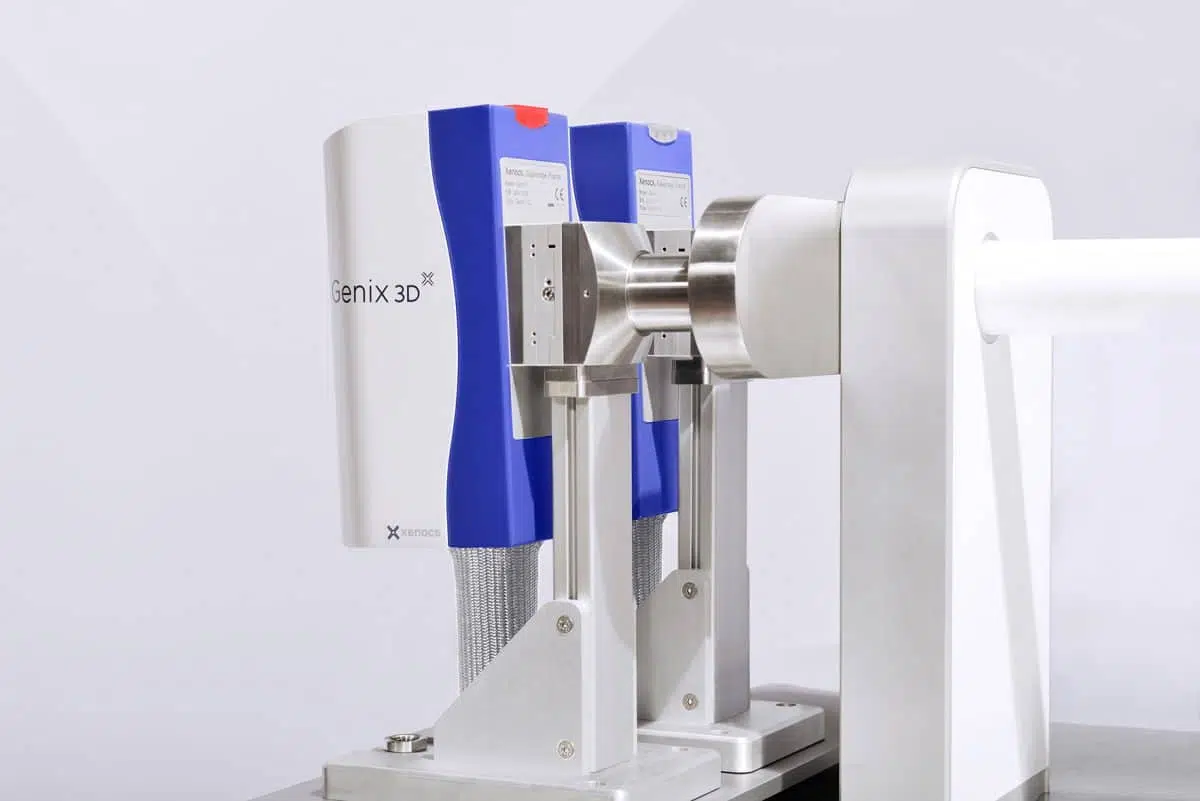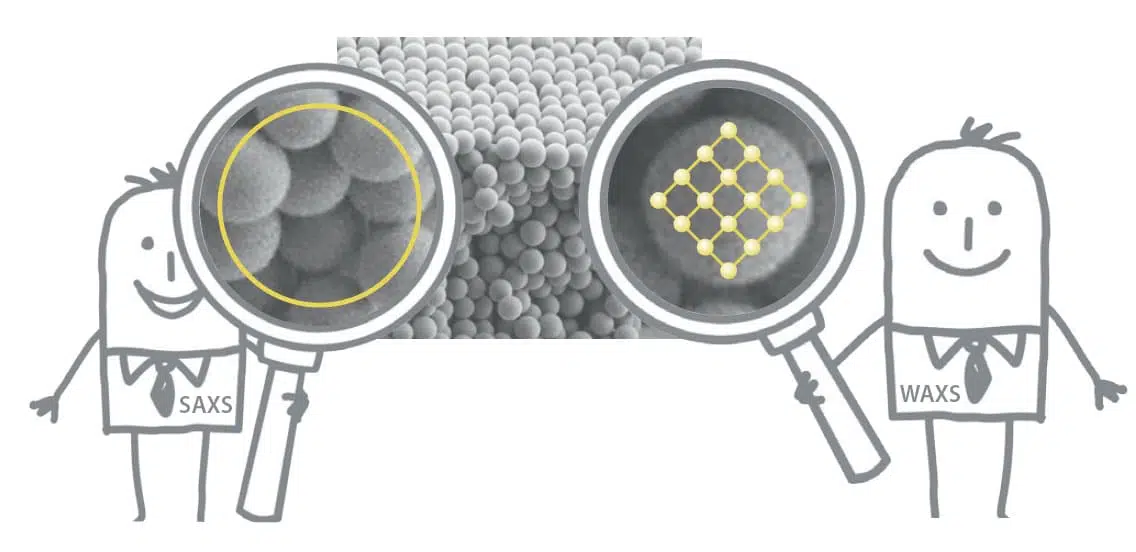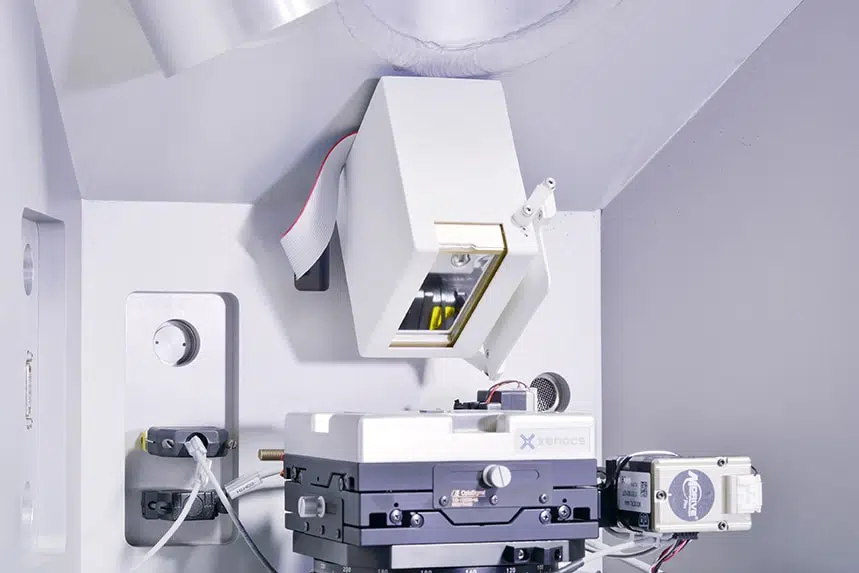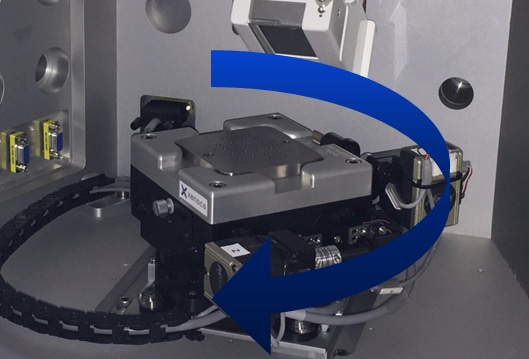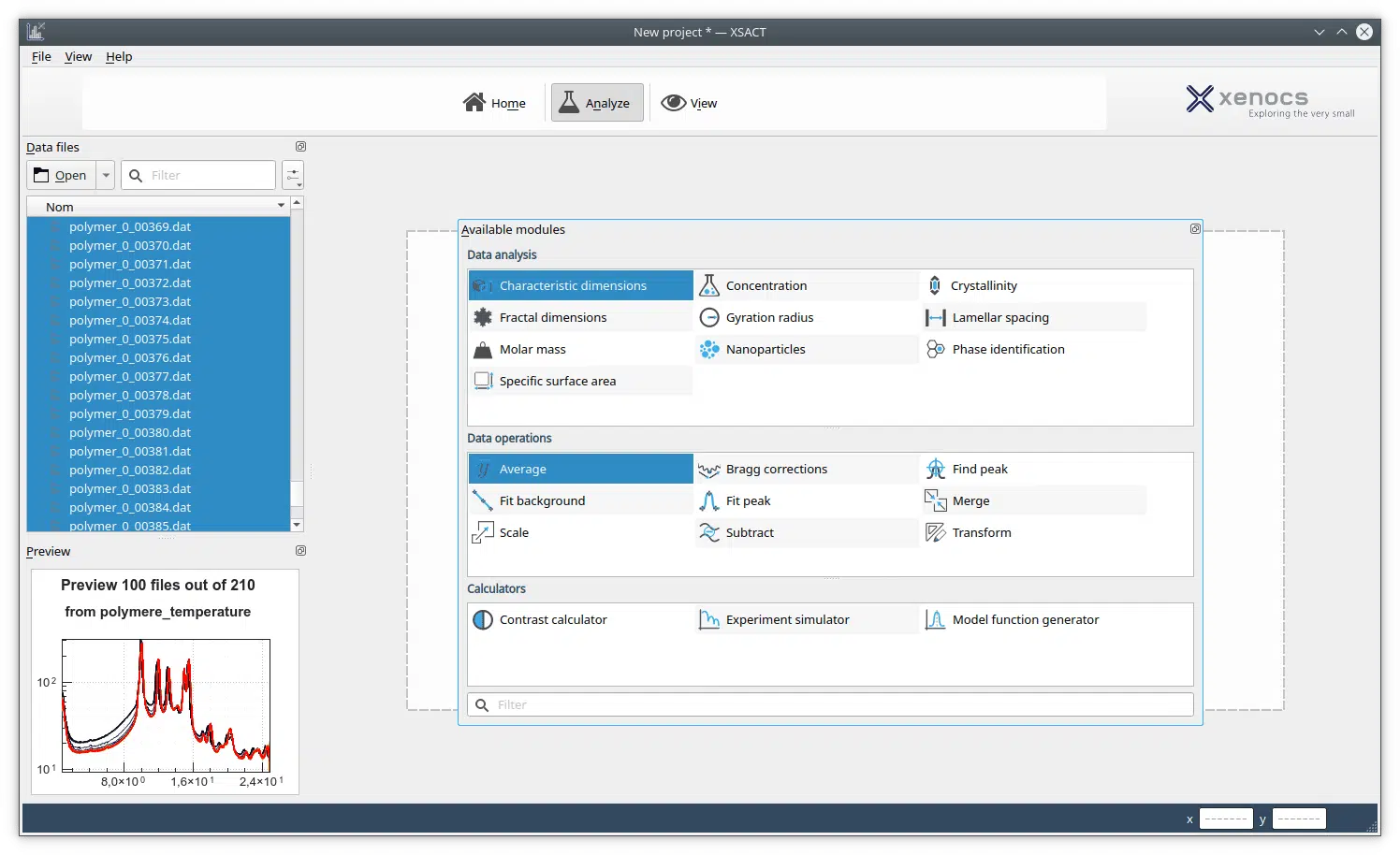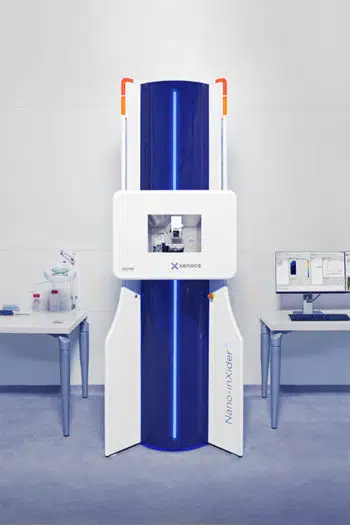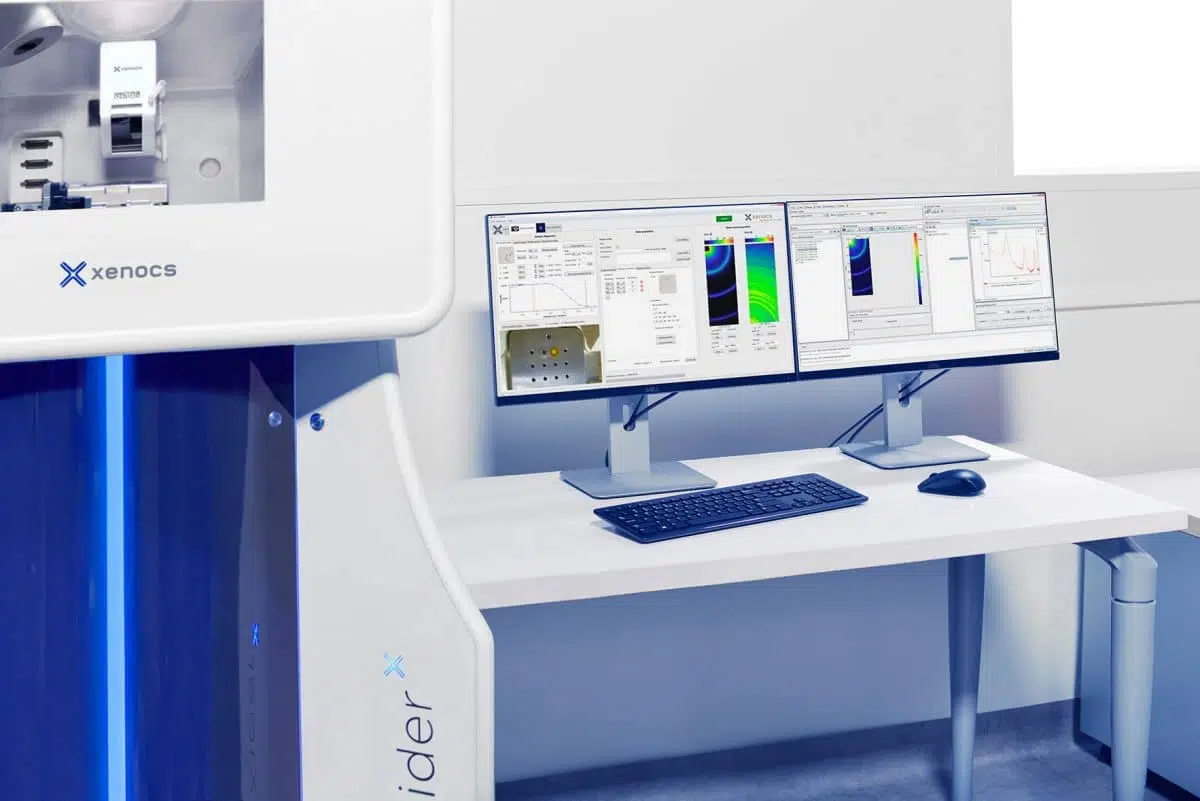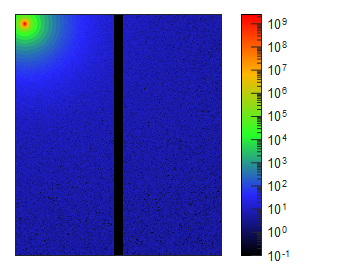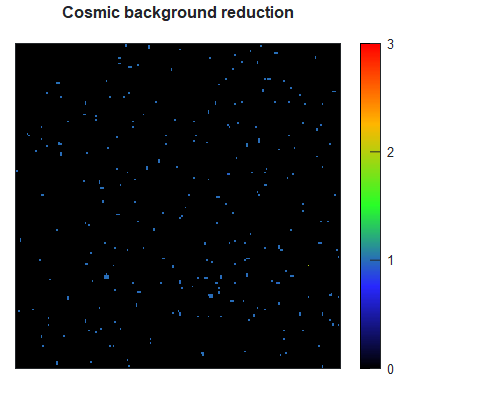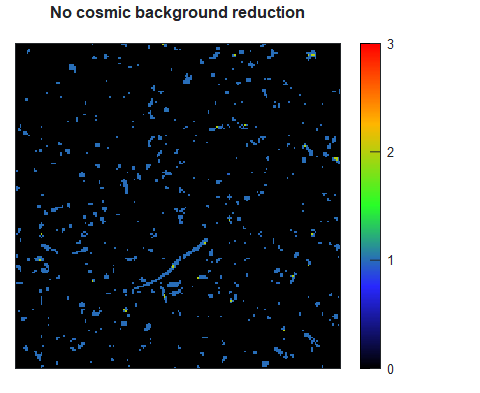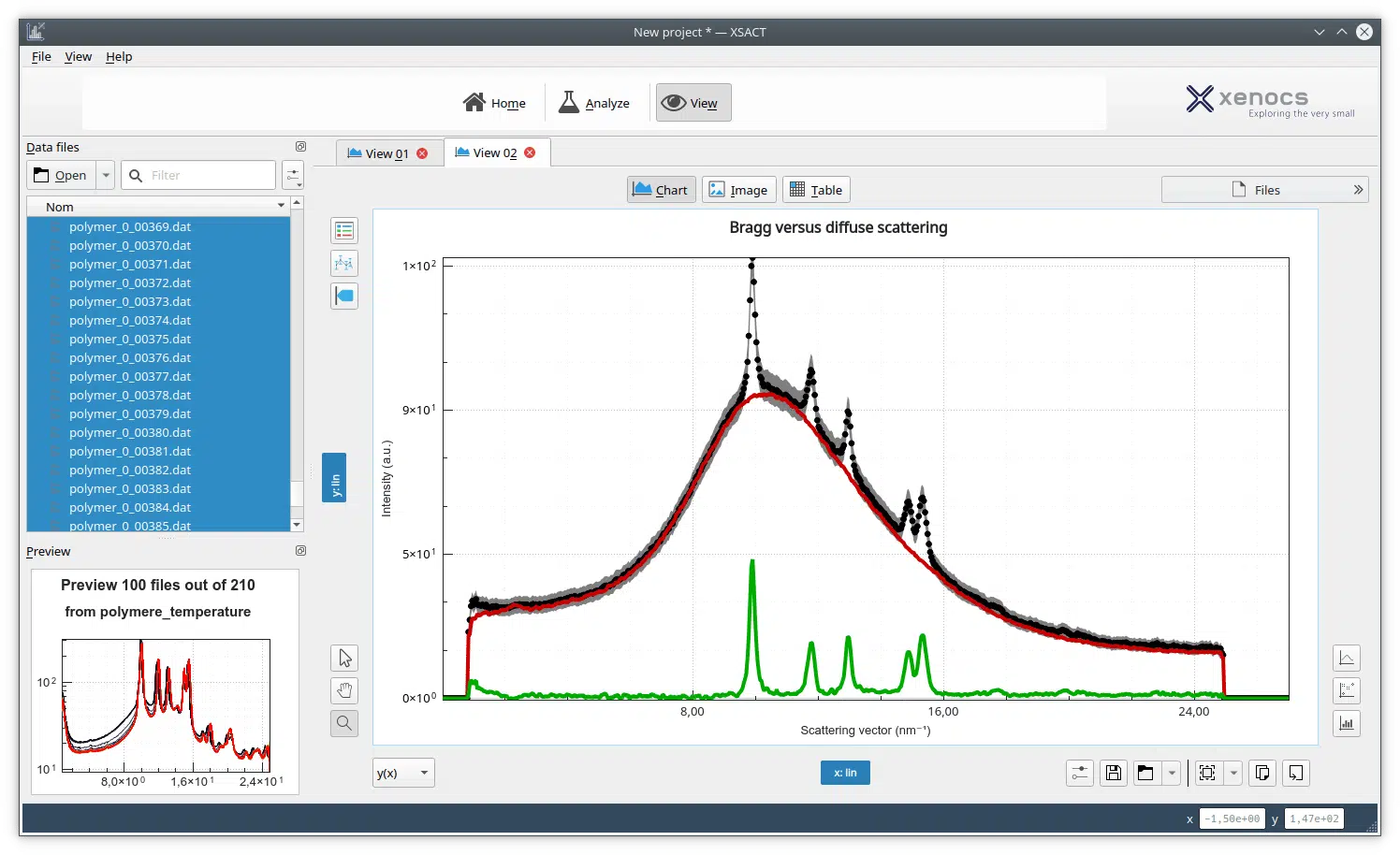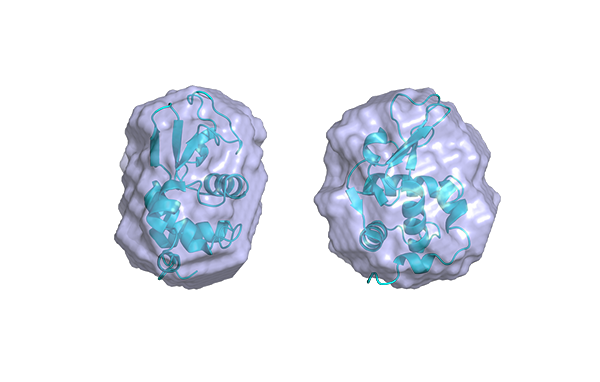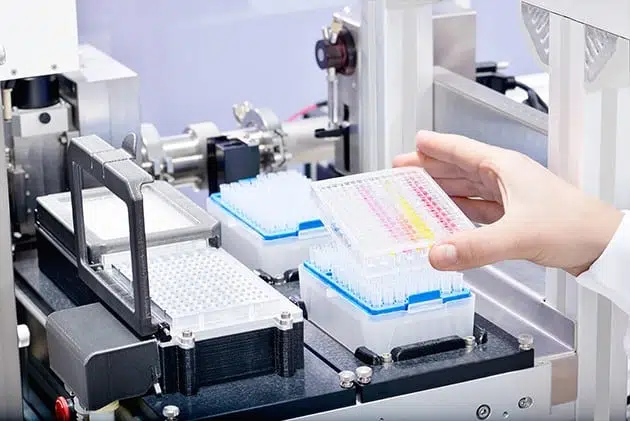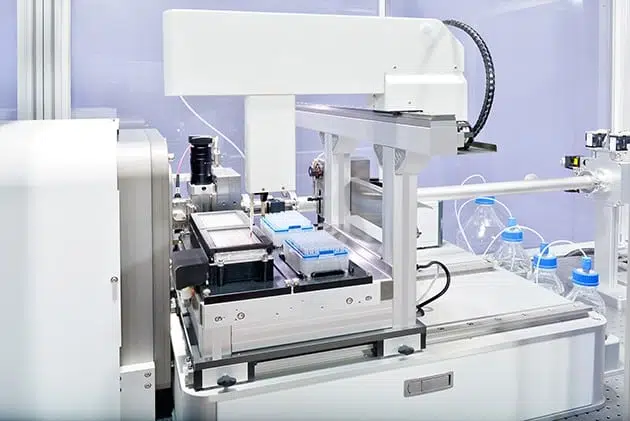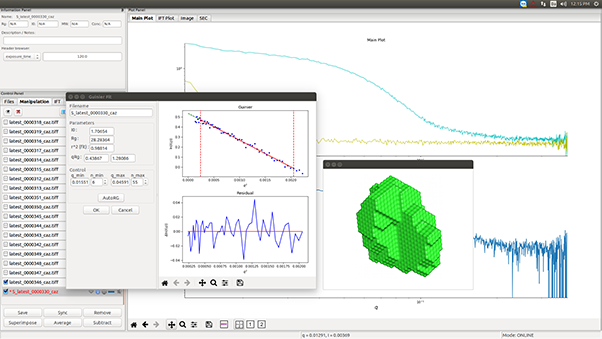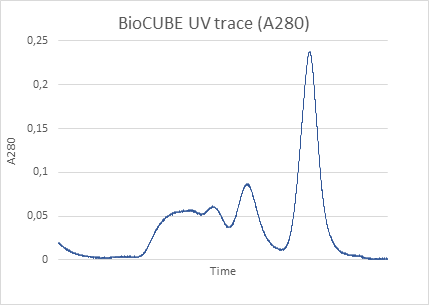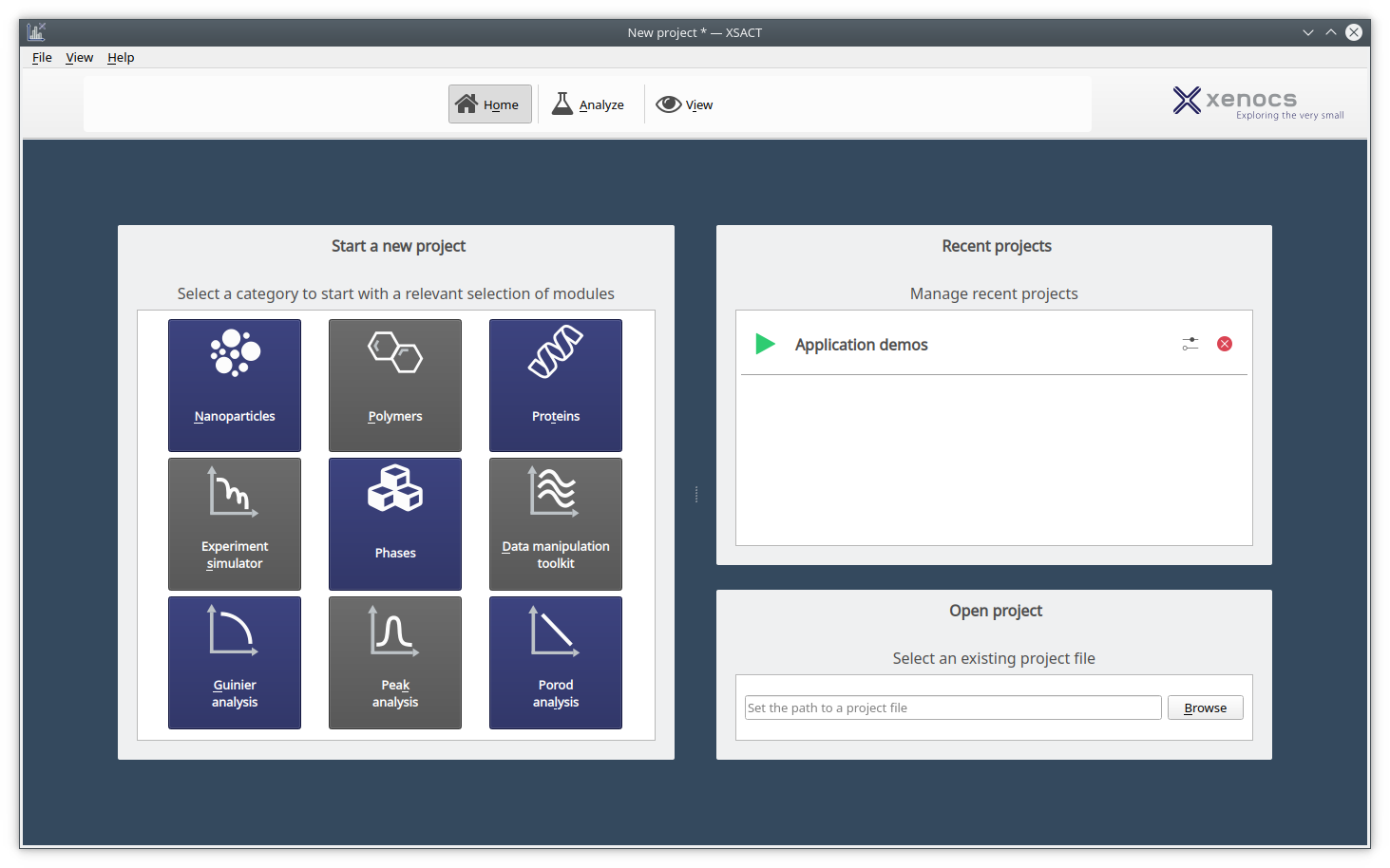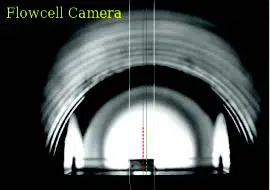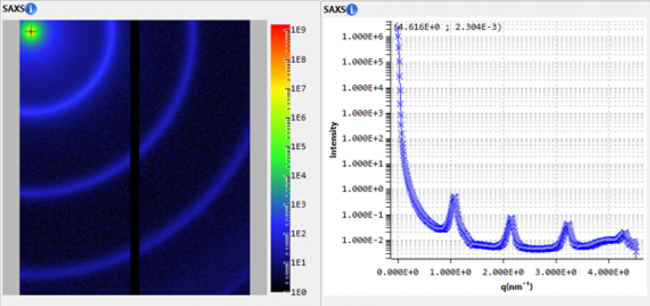Sung, Sae Jin; Kim, Jae Ho; Gihm, Se Hoon; Park, Jisoo; Cho, Young Shik; Yang, Seung Jae; Park, Chong Rae
Revisiting the Role of Graphene Quantum Dots in Ternary Organic Solar Cells: Insights into the Nanostructure Reconstruction and Effective Förster Resonance Energy Transfer
Recent studies have introduced the graphene quantum dot (GQD) as a third material for the bulk-heterojunction polymer:fullerene solar cell (PSC) to improve light conversion efficiency. Although exciton generation/dissociation and carrier transport in the GQD-incorporated light-absorbing layer are strongly influenced by the ternary component, detailed analysis on the role of GQD…
Determination of the Critical Size of Secondary Nuclei on the Lateral Growth Front of Lamellar Polymer Crystals
Zhang, Shujing; Han, Jiarui; Gao, Yang; Guo, Baohua; Reiter, Günter; Xu, Jun
Nucleation is the rate-limiting first step of crystallization. The energy barrier related to form the critical nucleus predominantly affects the nucleation rate. Determination of the size of the critical nucleus is a key for understanding the mechanism of nucleation and allows testing theories. However, it has been a great challenge…
Ballistic thermal phonons traversing nanocrystalline domains in oriented polyethylene
Robbins, Andrew B.; Drakopoulos, Stavros X.; Martin-Fabiani, Ignacio; Ronca, Sara; Minnich, Austin J.
Polymer crystals that are good conductors of heat are highly desirable for thermal management applications. Although thermally conductive polymer crystals are well known, the microscopic thermal transport processes that enable these properties have been challenging to probe experimentally. We used an optical method to probe heat conduction at submicrometer length…
Effects of an ionic liquid and processing conditions on the ?-polymorph crystal formation in poly(vinylidene fluoride)
Pickford, Tom; Gu, Xu; L. Heeley, Ellen; Wan, Chaoying
The piezoelectric properties of poly?vinylidene fluoride) (PVDF) are determined by the prevalence and orientation of its polar ?-crystal phase, which can be tuned by processing conditions, additives, mechanical stretching or post-treatment. Here, the effects of three types of processing conditions on the crystalline structure evolution of PVDF were investigated; electrospinning,…
Kinetics-controlled synthesis of hierarchically porous materials with tunable properties from diverse building blocks
Xie, Lei; Wang, Zhe; Liu, Jinrong; Gong, Yutong; Mao, Shanjun; Lü, Guofeng; Ma, Xiao; Yu, Lili; Wang, Yong
The easy hydrothermal method is a potential candidate for the preparation of carbohydrate-derived hierarchically porous polymers (HPPs) and carbons (HPCs). However, owing to the uncontrolled reaction rate and the weak affinity between precursors and soft templates, the synthesis of HPPs and HPCs with tunable properties through this method remains a…
Improving the Hydrolysis Rate of the Renewable Poly(hexamethylene sebacate) Through Copolymerization of a Bis(pyrrolidone)-Based Dicarboxylic Acid
Noordzij, Geert J.; Roy, Manta; Bos, Natasja; Reinartz, Vincent; Wilsens, Carolus H. R. M.
In this work, we report on the synthesis of a series of polyesters based on 1,6-hexanediol, sebacic acid, and N,N’-dimethylene-bis(pyrrolidone-4-carboxylic acid) (BP-C2), of which the latter is derived from renewable itaconic acid and 1,2-ethanediamine. Copolymers with a varying amount of BP-C2 as dicarboxylic acid are synthesized using a melt-polycondensation reaction…
Nucleation and Growth Kinetics of ZnO Nanoparticles Studied by in Situ Microfluidic SAXS/WAXS/UVVis Experiments
Herbst, Maria; Hofmann, Eddie; Förster, Stephan
The synthesis of ZnO nanoparticles proceeds through a complex sequence of precursor reactions, nucleation, and growth processes. For further advancement and control of nanoparticle synthesis, a detailed understanding of the mechanisms and kinetics is essential. With the recent advancement in X-ray scattering and spectroscopy methods, in situ experiments during nanoparticle…
Tailored crystalline order of nascent polyethylene from metallocene supported on confined polystyrene
Wu, Yanjie; Yang, Huaqin; Li, Wei; Mattea, Carlos; Stapf, Siegfried; Zhang, Letian; Ye, Chunlin; Ye, Xiaofeng
Building the desirable superstructure of polyethylene is one of the important topics for developing high value-added products, which brings potential benefits for society and sustainable development. Crystalline order is the ubiquitous superstructure for enhancing mechanical properties of polymeric materials. In this work, polystyrene copolymers (c-PS) are incorporated into pores of…
Facile Route for the Fabrication of Polypropylene Separators for Lithium-Ion Batteries with High Elongation and Strong Puncture Resistance
Kang, Jian; Chen, Dandan; Xiong, Bijin; Zheng, Nan; Yang, Feng; Xiang, Ming; Zheng, Zhuo
A facile route for fabrication of polypropylene separators for lithium-ion batteries with high elongation and strong puncture resistance has been proposed in this work. Polypropylene separators immersed in paraffin wax have been prepared to introduce small molecules into separators. The influence of small molecules on mechanical properties of separators is…
Predicting the location of weld line in microinjection-molded polyethylene via molecular orientation distribution
Liao, Tao; Zhao, Xintong; Yang, Xiao; Whiteside, Ben; Coates, Phil; Jiang, Zhiyong; Men, Yongfeng
The microstructure and molecular orientation distribution over both the length and the thickness of microinjection-molded linear low-density polyethylene with a weld line were characterized as a function of processing parameters using small-angle X-ray scattering and wide-angle X-ray diffraction techniques. The weld line was introduced via recombination of two separated melt…





